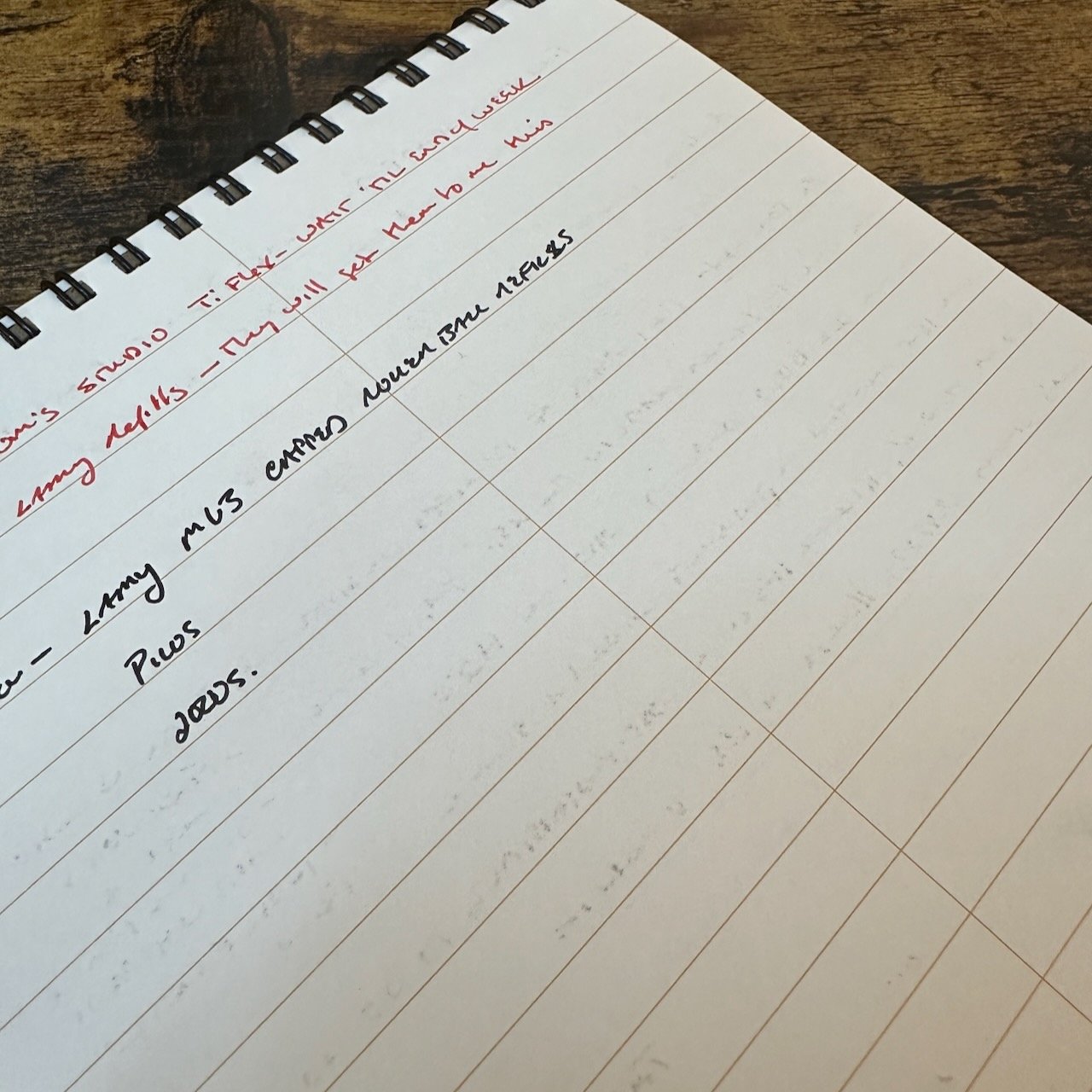I’ve spent the last two days updating the site resource “Hierarchies of Fountain Pen Friendly Paper,” which was originally a blog post first published in 2021. It’s garnered such a good response - 50+ comments at last count - that I’ve left it in blog format just to maintain the active comment section. I periodically update the main article to account for changes in paper performance, new brands, and customer/reader feedback. Because I can’t test everything, I leave the comments open for suggestions.
What Were the Major Developments in 2025?
I added a handful of brands to the resource, and removed one or two others mainly due to availability issues. Here are the major changes:
Write Notepads Drops Off the List. Write Notepads left the direct-to-consumer market, at least for now, to focus on B2B sales. While I understand that may change in the future, for now their products are not as widely available so I’m leaving them out of this resource which focuses primarily on retail products.
Stàlogy and Blackwing Move Into Tier I. While I’ve considered these two brands “Tier II” fountain pen friendly paper in the past, I’ve noticed an increase in consistency so I’ve moved both of them into Tier I. With Blackwing, note that this refers only to their standard paper. Some of their special edition notebooks may use different paper which may or may not perform similarly.
Notsu and Shorthand Make an Appearance. These two brands make new appearances in Tiers I and II, respectively. Notsu is one of my favorite new stationery brands out there, and their ink friendly index cards have become a staple of my personal rotation. Los Angeles-based Shorthand makes a wide range of notebooks, notepads, and correspondence stationery, and while I would limit fountain pens to extra-fine or fine nibs, I love the feel of their vintage-y off-white paper and sturdy covers and spiral bindings.
Note that this is not intended to be a “ranking,” and the order in which these papers appear in each tier are not intended to suggest that any one is objectively “better” than another. Also, even non-fountain pen friendly paper can be quality stationery. Certain high-end cotton papers are tactile and highly absorbent - quite pleasant to write on with pencil, ballpoint, and rollerballs - but they can’t handle the water-based ink found in most fountain pens. Enjoy, and as always, drop a comment if you have suggestions on paper I may not have tried.
The Gentleman Stationer is supported entirely by purchases from the T.G.S. Curated Shop and pledges via the T.G.S. Patreon Program. If you’d like to see any of the papers mentioned here in person, or even try some of them, come by our brick-and-mortar shop located in Nashville!





